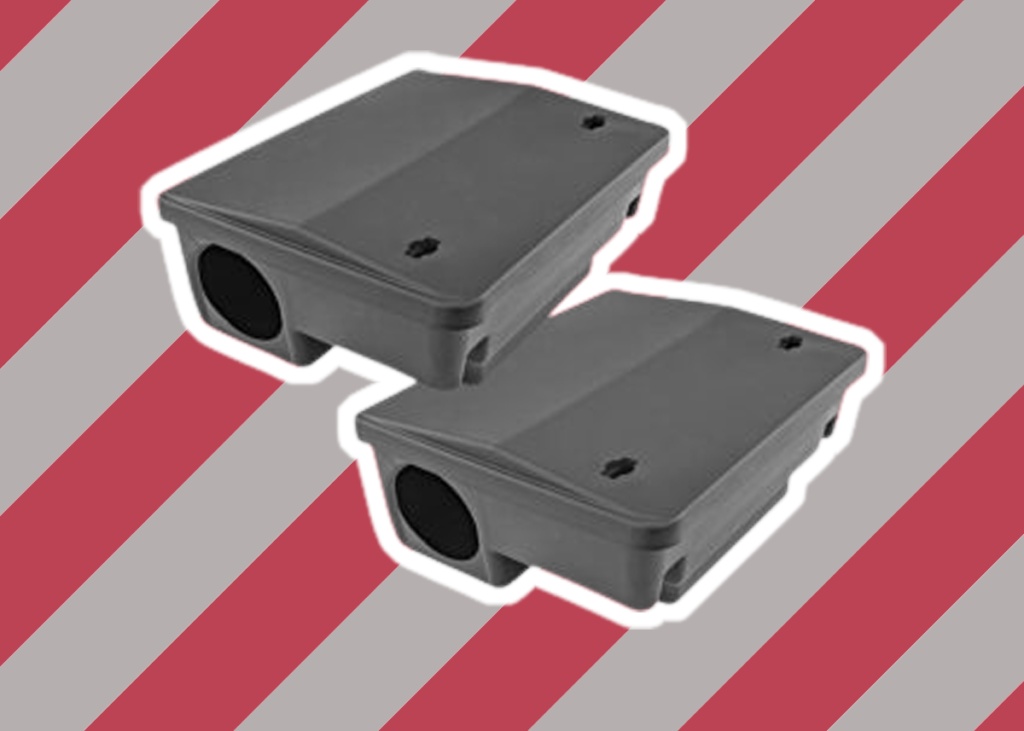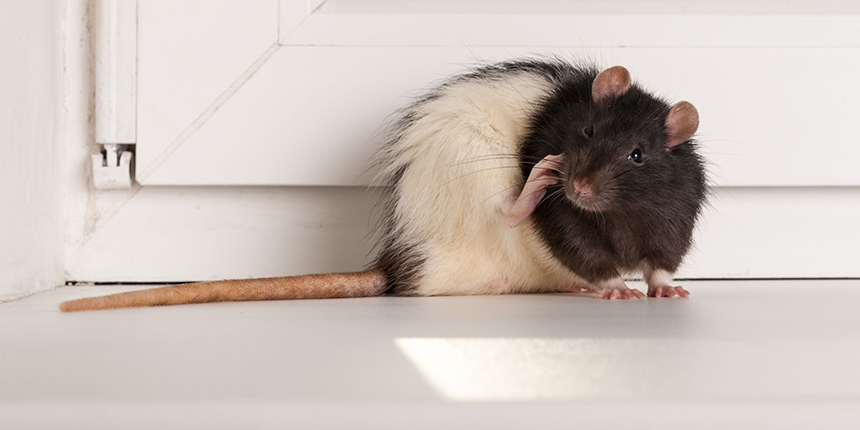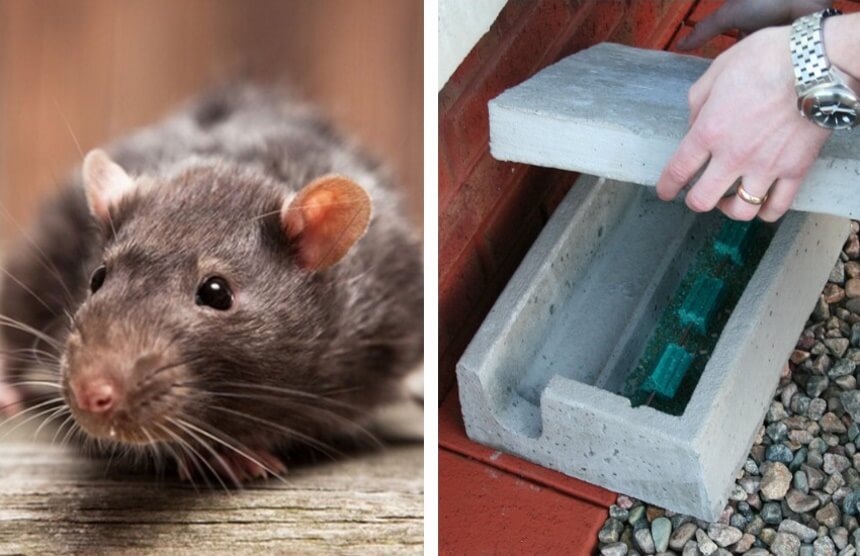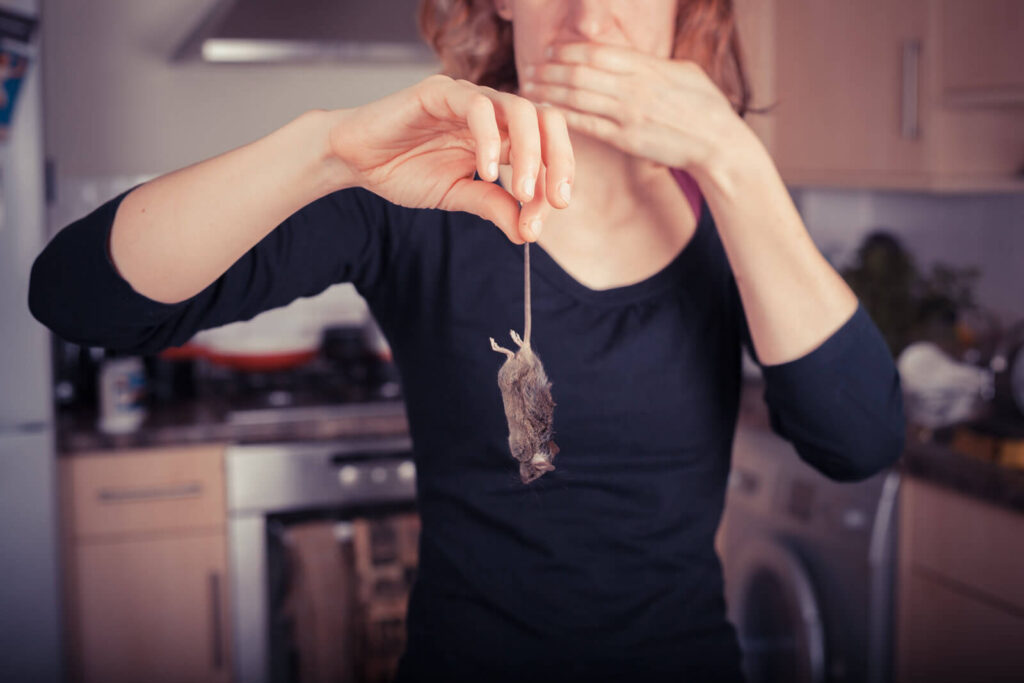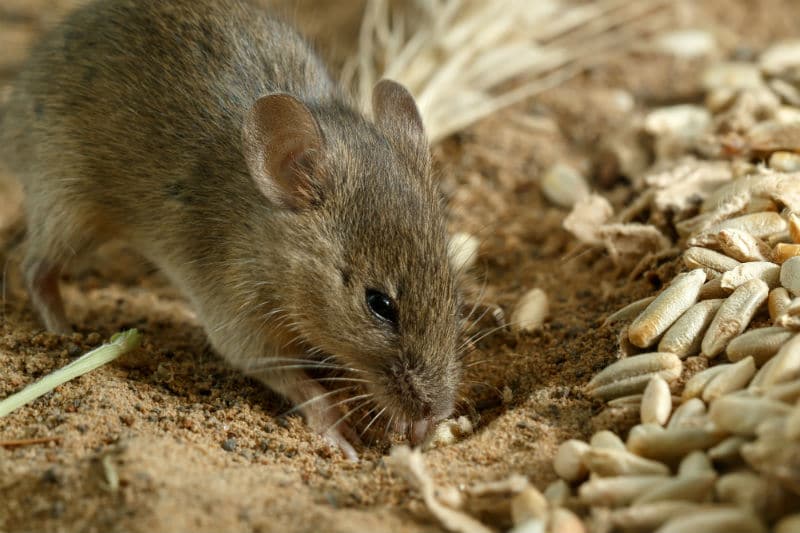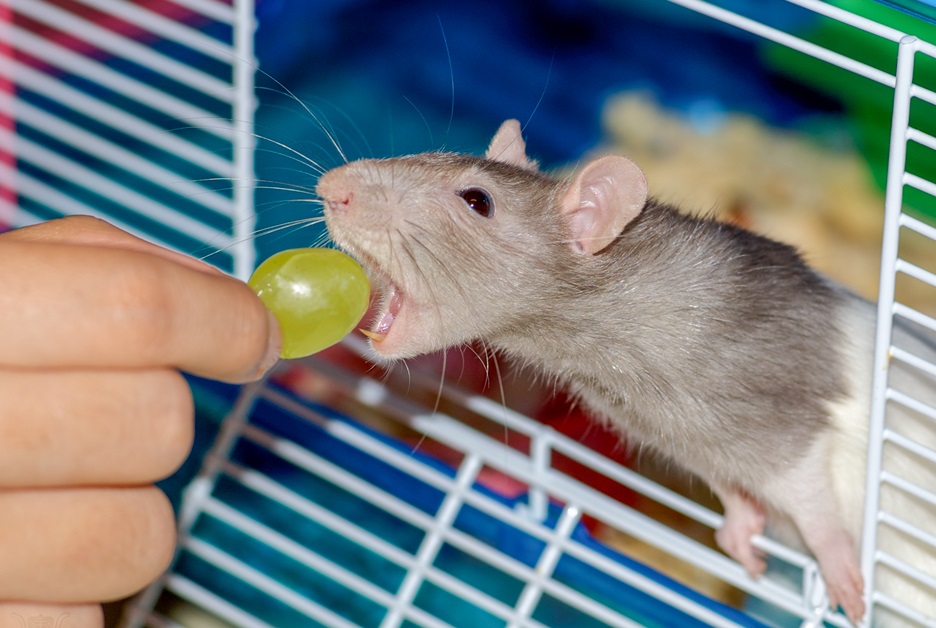

As the weather changes and becomes colder, we aren’t the only ones seeking comfort in our warm homes. You might have noticed some unwanted visitors making noises in your home, causing you to ask how to get rid of rats in walls and ceiling.
If you’ve identified the presence of rats hiding in your home, you can get rid of them through natural remedies, traps, and take steps to prevent them from returning. You can also take steps to clean your home, especially the hiding places where rodents stay.
This guide will cover how to get rid of rats in walls and ceilings. We will look at how you can identify rats, eliminate them, and prevent future infestations.
Two main types of rats can invade your home and hide in the roof and ceiling. They are the roof rats and Norway rats. They can be identified by their long tails, pointed nose, and large ears and eyes. These rodents are medium-sized, up to five inches long. The type of rat you are dealing with in your home will determine the measures you use to handle the problem.
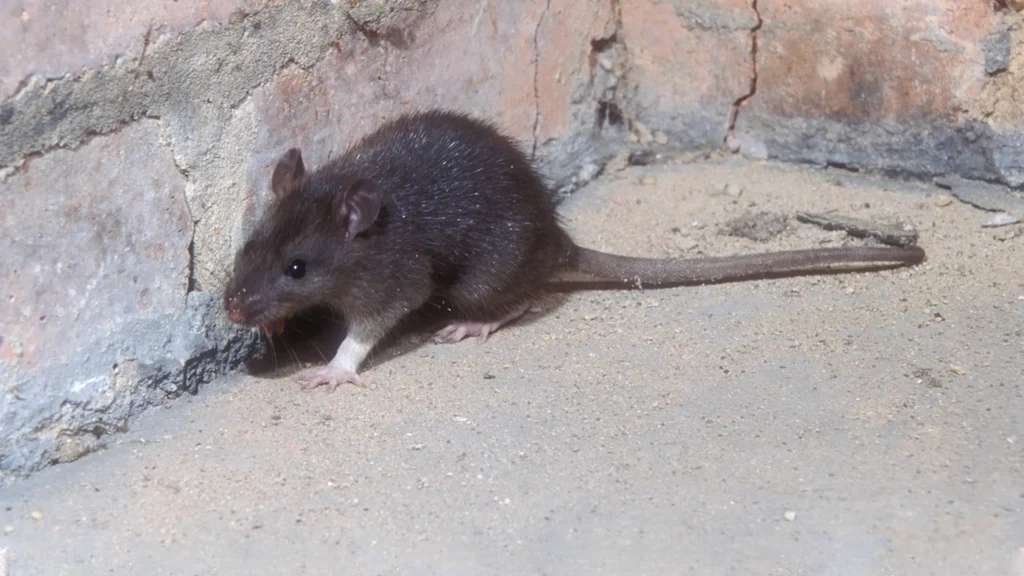
Roof rats, as the name implies, like to stay in the highest places of buildings. So, if you hear rat noises in your ceiling, you’re most likely dealing with roof rats.
Roof rats are also called ship rats or black rats. These rats can be identified by their smooth hair, black or brown color, and pale underbelly. They seek food and shelter on your roof.
You might notice roof rats hunting for food by climbing branches or utility poles to get to your house. They will stay in wall voids, attics, and drop ceilings. They can also make a nest in your attic, which shows that you’re dealing with a serious infestation.
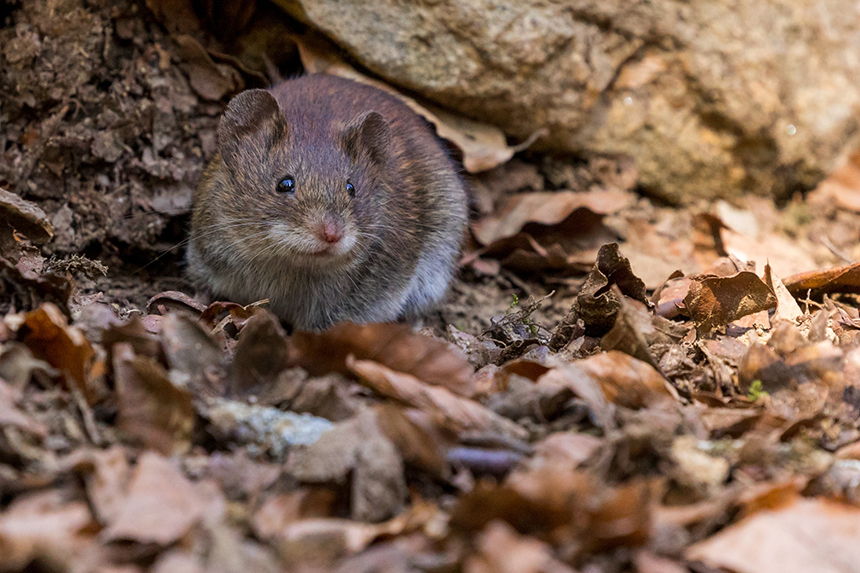
On the other hand, you can have Norway rats Trusted Source Hiawatha National Forest - Nature & Science www.fs.usda.gov in your house.
Norway rats have shorter tails and are larger than roof rats, with a brownish-gray color. Norway rats are diggers rather than climbers, so they stay on the ground or inside.
If you’re wondering whether you have them, check the foundations of your home, garden, yard clutter, and trash piles. The rats will dig burrows in this place to nest and store food there. These massive rats, including the tail, can go as large as 20 inches long.
If you have these rodents, before learning how to get rid of rats in walls and ceiling apartments and houses, you should probably consider what attracts them to your house. Knowing this can help keep them out, as you can block out their food sources and make your home inhospitable to them.
The main thing that attracts rodents to the house is food, as they are looking for where they can get food and store it. These animals will feed on any kind of food that they can get, including leftovers, open containers of food, or crumbs. If you don’t store your food waste properly, rats will check it out before you know it.
Rats are attracted to dirty environments, not just inside your house. When they can easily reach your garbage, pet waste, or compost, they will gather in your yard or garden. Also, they hide and rest under branches, dead trees, and vegetation, which shelter them.
Since rats are warm-blooded creatures, they look for warm places. It isn’t much you can do about this, as your home provides them with the shelter and protection they don’t get outside.
Before you bring out the big guns, you’ll have to figure out if you have rats hiding in your ceiling and walls in the first place. You can easily use different signs to check, as these rodents are not exactly quiet or discreet. Rats are more active at night too, and this is the best time to spot the signs of an infestation.
From hearing squeaking noises on your roof when it’s quiet to smudges and footprints, there are different ways to figure out you have a rat problem.
The main sign that indicates you have rats in your walls or ceiling is the squeaking, scratching, and scampering noises you will hear, especially at night. As their common name implies, the roof rats are good climbers, so you will hear them moving around and climbing walls. You might also hear them running around in the ceiling or attic.
Keep in mind that if you have pets, they will act unusually because of the pests you have, which can be a sign of rats in your house.
The Norway rats make a grinding noise with their teeth that isn’t hard to miss whenever it’s quiet.
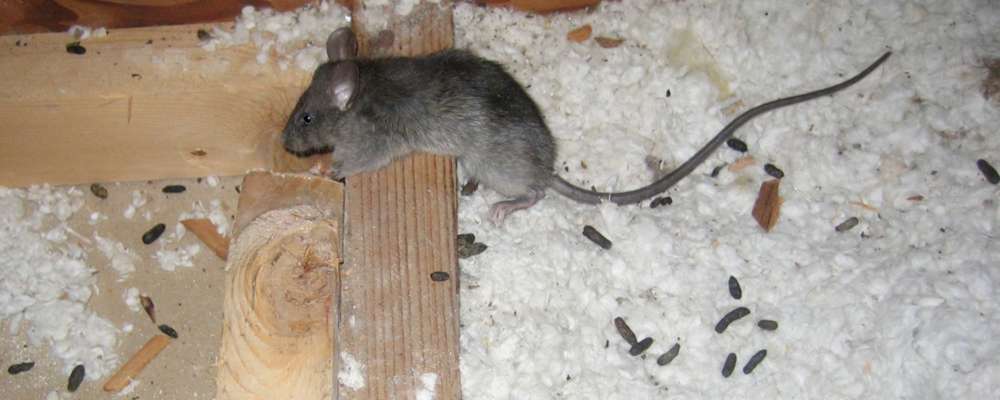
Another thing that shows that you have rats is their black droppings, which look like rice, coffee beans, or raisins. They are shiny and oblong-shaped and are less than half an inch long. This is the feces that these rodents have left around your house.
Rats produce up to 40 droppings per night, concentrated in one area. Keep in mind that rat droppings are unhealthy and can cause diseases like Hantavirus Trusted Source Hantavirus Disease Communicable Disease Fact Sheet, hantavirus infection www.health.ny.gov .
Rats are one of those animals that have constantly growing teeth. Since their teeth need to be blunted, they bite many surfaces to get this done.
You will notice tiny teeth marks on furniture, electrical wiring, wood, drywall, and packaged foods.
This can become very destructive and damage many belongings in your house.
Aside from this, rats can shred up different things in your house. You might find leaves, cloth, dried plants, twigs, paper, or anything they must have been collecting for their nests. They will also eat parts of your packaging and break them into sealed food. Or, if you leave food out, you might come back to see those tiny teeth ate a part of it.
You might notice a musky or stale odor in the attic, ceiling, or hiding spots in your home, and this is because of rats. When rodents stay in a home, they leave a mess with their urine and droppings, sometimes outside their nest. Also, when they are about to die, they stay in a corner to die alone, which gives off an awful smell of their corpse.
There is also the smell of the rat’s natural body. All of this contributes to a heavy, musky stench in the house. If you’ve noticed unexplainable bad smells or have a pet with a strong nose active in certain parts of the house, rats might have made a nest close by.
Aside from the bad smell, rats can leave paw marks and smears of dirt behind them as they walk. This is a strong sign that rats have been moving around in your home.
To check for rat marks, check the low portions of the wall, baseboards, and the beams on the ceiling.
Since rats have bad eyesight, they use the routes they are used to, along the walls and skirting boards, to move around. The dirt and grease on their bodies will leave dark marks and smudges on the surfaces and objects they repeatedly touch.
If rats are staying in your house, they will need their corner to stay in. You can find rat nests in the attic, cavity walls, lofts, and under eaves. They take different kinds of materials and use them to make nests. You can check for nests around your house.
Norway rats will burrow holes in your house for storing food, nesting, and shelter. They do so next to solid structures. These rats might frequent your home if you see burrows around your house. The best sign of rats in your walls and ceiling is spotting a rat itself. Whether dead or alive, seeing one rat means many of them are around, as they reproduce very quickly.
If you’re wondering how to get rid of rats in walls and ceilings, this must be because these annoying rodents are causing damage around your house. Rats are notorious for causing significant damage despite their small size. Here are some of the damages that rats can cause in your house:
Now, we will look at how to get rid of rats in your walls and ceiling. We will share different ways to eliminate rats from your house and prevent them from returning. Let’s take a closer look.
You should first keep your kitchen clean, as this is the playground of rats in your home. Since this is where most of the food is, rats will be attracted to left-out food, leftover droppings on the ground, and more. Also, having a dirty and clustered kitchen gives them more chances to hide in your kitchen.
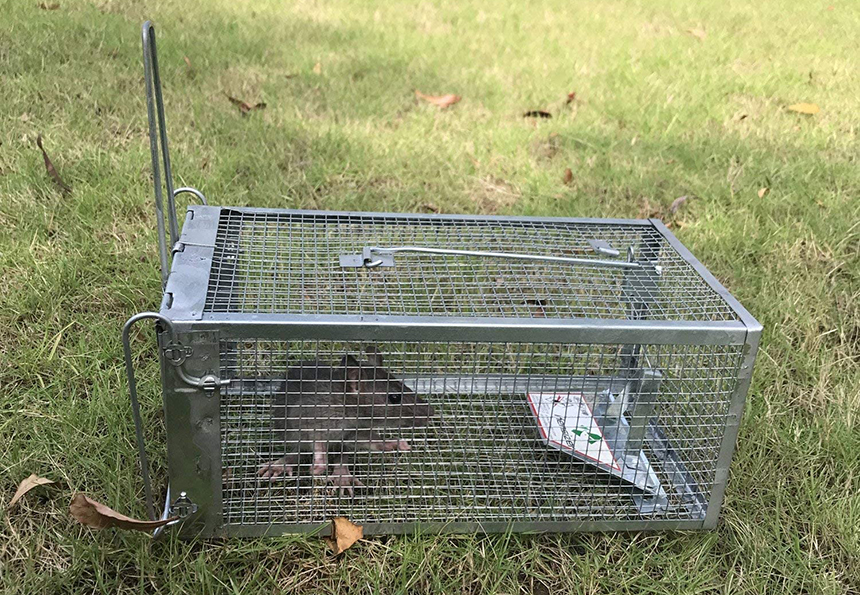
The best rat traps are pretty efficient against these rodents. However, rats reproduce quickly, so traps can help you nip it in the bud early before you start dealing with an infestation. There are different kinds of traps that you can add to your house.
A snap trap Trusted Source Trap Up! | Rodents | CDC Trap rodents around the home to help reduce the rodent population. www.cdc.gov is one, although this is not safe for those with pets and young children. You set bait, and when the rat takes it, the spring mechanism is activated, and a thick metal wire will break the neck of the rat and kill it at once. It’s important to be careful when adding these traps because they can break your fingers too. You can opt for plastic traps like the Kat Sense Traps instead of metal since these are safer.
Another option is glue traps, although many consider them inhumane. The Catchmaster Glue Trap is a plastic board with very sticky glue, and when the rat steps on it, it can’t move. The more they move, the more they become stuck. The rat will not be killed in contact with the trap, which is why it is inhumane. The traps cannot be reused.
You can also add an electronic trap, the Teal Elite Rat Zapper. The high voltage shock will kill the rodent when it goes inside. The trap runs on four D batteries.
Another way you can catch rats in your house is with a live animal trap like the Kensizer Rat Trap, which is the most humane. But, this will also be more expensive and larger than other traps. It’s a small cage, and when the rat steps on the bait, they get stuck in the cage. You can relocate the cage to another place so they won’t return.
You should tidy up the attic, shed, garage, and outside of your home. You can control the rat population in your house by stopping them from building nests with the best rat repellents. Clean out your yard, dead trees, vegetation, garbage, branches, pet waste, and more to discourage them from building nests in your surroundings. It will also give them fewer hiding spaces and make your home inhospitable for them.
If you don’t want to use traps or chemicals to get rid of rats in your home, there are other alternatives you can go for.
You can add dry ice to a rat’s nest, hole, or anywhere with high rat activity. This is effective when dealing with Norway rats because they make burrows. The dry ice will suffocate them and chase them out.
You can also use mothballs in your house, which are poisonous to rats, or drip cotton balls in peppermint oil and leave them where rats usually pass. Ammonia has also a strong odor that repels rats; use pepper spray, black pepper, or cayenne where you suspect they are hiding.
Garlic and onion also are known to have a strong smell that repels rodents. Add slices of garlic and onions in rat-infested areas, but make sure you replace them before they rot.
Another home remedy is instant potatoes power around areas where you’ve seen rats. This will inflame their intestines and kill them.
Close up all the entry and exit holes, as rats can squeeze through any gap in your house, regardless of how small. They can sneak in through window frames, doors, and vents. You can seal gaps and holes in your house with caulk, wire mesh, wood, and others, to deter them from getting into your home. Don’t leave out the attic!
When looking at how to get rid of rats in walls and ceiling apartments, you should consider how you store your garbage. The smell of garbage in the house and the potential food will attract rats to your house. So when you store garbage and compost, put it in tight-fitting lids to stop the odor from spreading.
An economical option for getting rid of rats in walls and ceilings is rat bait and the best rat poison. They come in pellets or blocks and can be placed in the best rat bait stations.
When using rat bait and poison, check your local laws, and keep your pets away, so they don’t consume them.
The only downside is the rats die in corners alone. You’ll need to look for the dead rat based on the stench and get rid of it.
Having easy access to food is what rats like, and while we don’t leave human food outside, we tend to leave pet food out. Instead, you should always put your pet food in a tight-lidded container.

If you want to get rid of rats easily, get a cat. Although cats eat rats, that’s not the main reason they are effective in keeping these rodents away. They mark their territory when they rub against things, so the rats would stay away from your home, and those already there would leave.
Rats carry over 35 diseases Trusted Source Rodents | CDC Prevent Diseases Spread by Rodent www.cdc.gov , which is why you should figure out how to get rid of rats in your walls and ceilings quickly.
Rats can transfer diseases to humans through their saliva, urine, and feces, whether alive or dead.
Also, if a flea or tick feeds on a rat and bites a human or pet, it can pass diseases on. If you have rats, be careful of what you eat and keep the house tidy before getting rid of them.
Are you thinking about how to get rid of rats in walls and ceilings? Identify these rodents first, and then devise a plan to eliminate them using traps, poisons, and other home remedies. After this, you should sanitize your home and keep it tidy regularly. And, of course, don’t forget about preventive measures.
